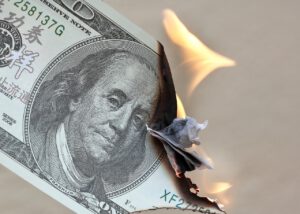Understanding Financial Freedom
Financial freedom is a term thrown around a lot, but it often feels like an elusive dream for many. It’s about having the financial resources to live the life you desire, without constantly worrying about money. However, statistics paint a stark picture. A survey by Bankrate found that only 39% of Americans have the savings to handle a $1,000 emergency. This data underscores the instability many face, making financial freedom seem far-fetched. Many are living paycheck to paycheck, unable to save or invest in their future. This lack of savings creates a constant pressure, making the idea of financial independence feel like a distant fantasy.
The Impact of Debt

Debt is like a shadow that looms over many people’s financial aspirations. The Federal Reserve has reported that U.S. consumer debt hit a staggering $14.96 trillion in 2021. High-interest debts, especially from credit cards, can trap individuals in a relentless cycle of repayments. This cycle leaves little room for savings or investments, which are crucial for financial freedom. The stress of managing debt can be overwhelming, causing anxiety and even affecting mental health. It’s a barrier that many find difficult to break free from, further complicating their financial journey.
The Cost of Living
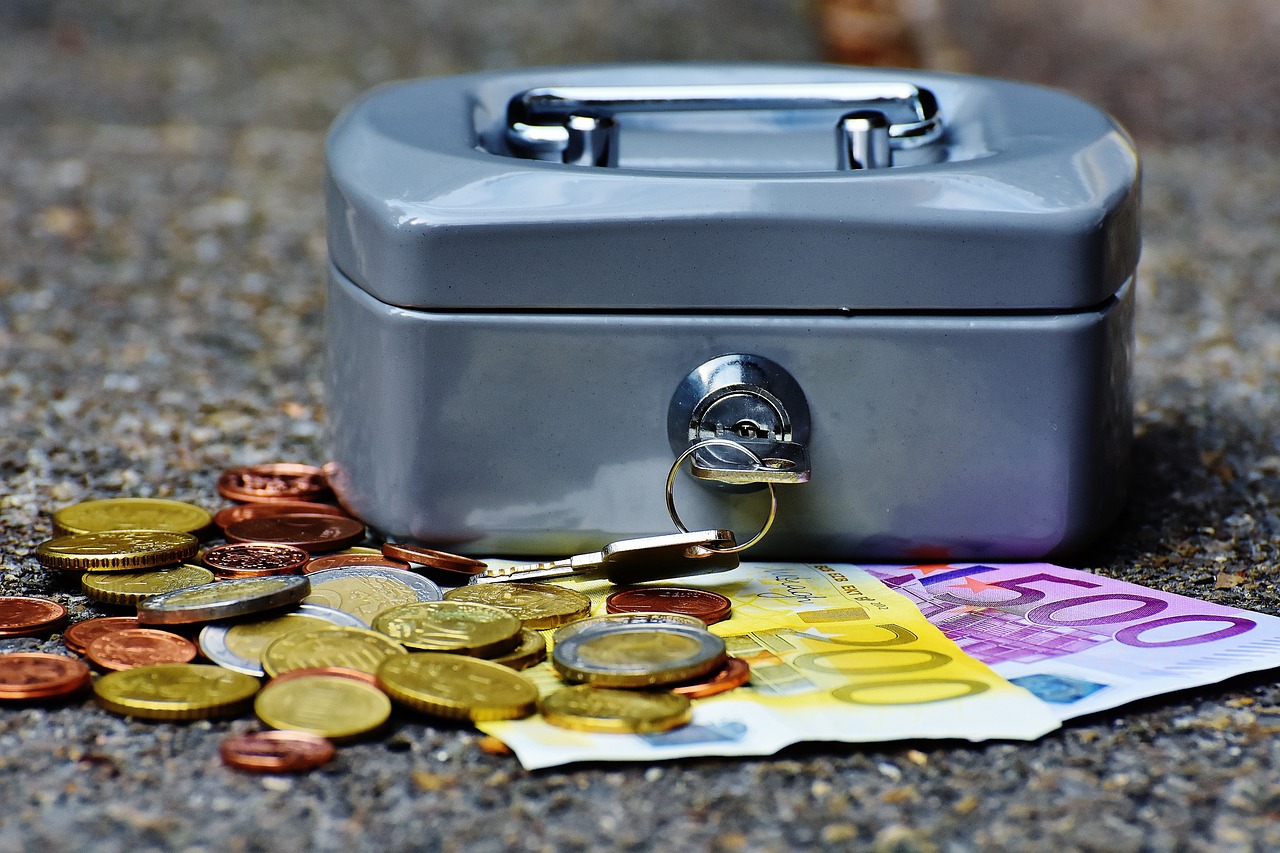
The cost of living is another hurdle that complicates the path to financial freedom. Urban areas, in particular, have seen a steep rise in costs. The Bureau of Labor Statistics noted that the Consumer Price Index rose by over 5% in the past year alone. This increase affects basic necessities like housing, food, and healthcare. As these costs rise, saving money becomes harder, and investing in the future seems like a luxury. The rising expenses add to the financial burden, making it difficult for many to envision a financially free future.
Lack of Financial Education

Financial literacy is an area where many people struggle. Without proper education, making informed financial decisions becomes a challenge. According to the National Endowment for Financial Education, only 17% of high school students are required to take a personal finance course. This lack of education leaves many unprepared to manage budgets, investments, or retirement planning. Without these essential skills, achieving financial freedom can feel like navigating a complex maze without a map.
The Influence of Lifestyle Inflation
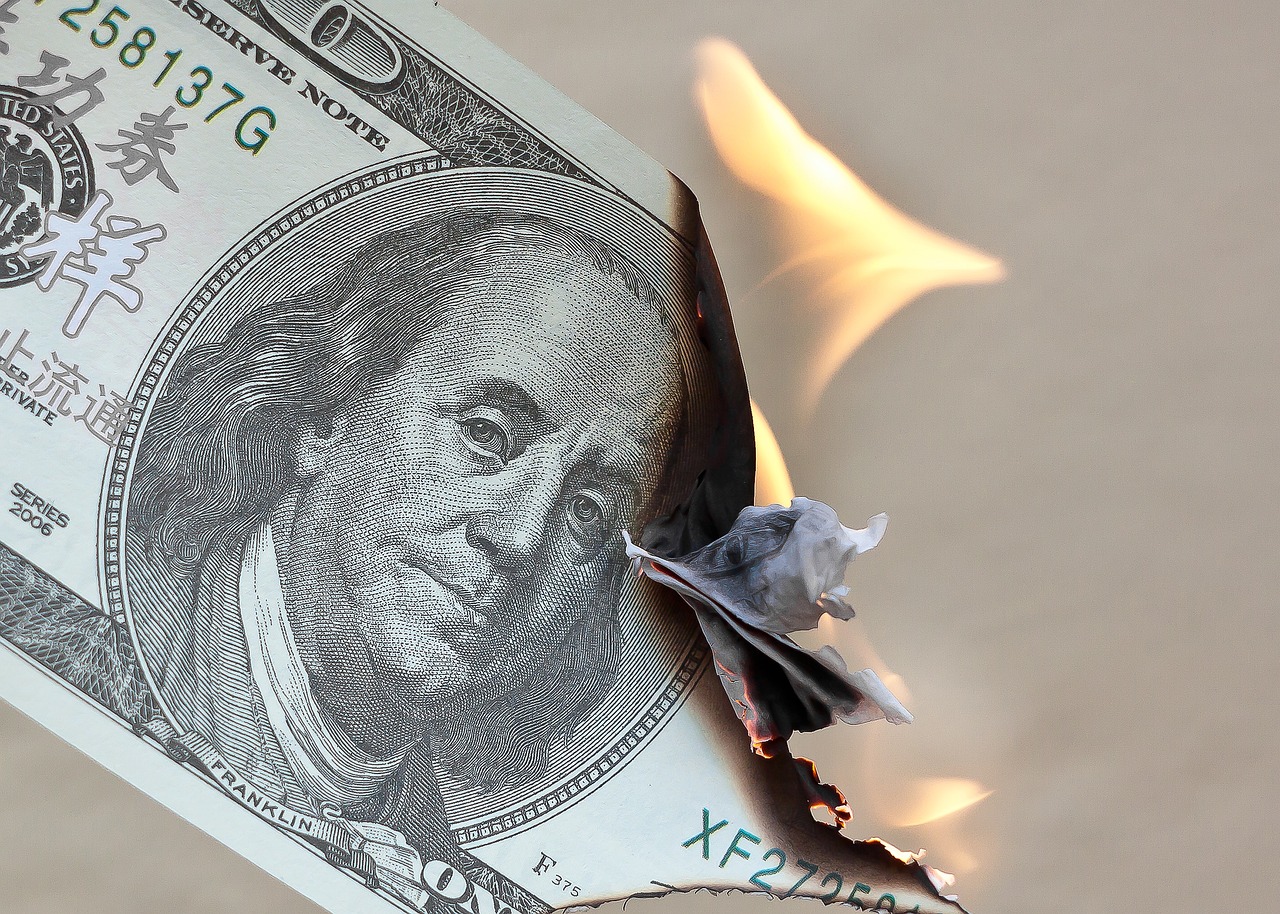
Lifestyle inflation is a sneaky barrier to financial freedom. As people earn more, they tend to spend more, keeping them from saving or investing. A survey by Charles Schwab revealed that 59% of Americans would spend their entire paycheck if they earned $1 million. This mindset can stall the journey to financial independence, as increased earnings don’t necessarily translate to increased savings. Being aware of this tendency and managing spending habits is crucial for those aspiring to break free from financial constraints.
The Role of Mindset
Mindset is a powerful factor in financial success. Those with a fixed mindset may feel stuck in their financial situation, believing change is impossible. Conversely, a growth mindset encourages individuals to seek improvement and seize opportunities. Research from Stanford University indicates that people with a growth mindset are more likely to take risks and pursue financial goals. Cultivating a positive outlook on personal finance can be a game-changer for those striving for financial freedom.
The Challenge of Investing
Investing is a key component of building wealth, yet it intimidates many. Gallup’s survey found that only 55% of Americans own stocks, highlighting a missed opportunity for many. Fear of loss, lack of knowledge, and market volatility are common deterrents. Without investing, individuals miss out on potential wealth-building avenues, delaying their journey to financial independence. Overcoming these fears and gaining a basic understanding of investing can unlock new financial possibilities.
The Importance of Emergency Funds
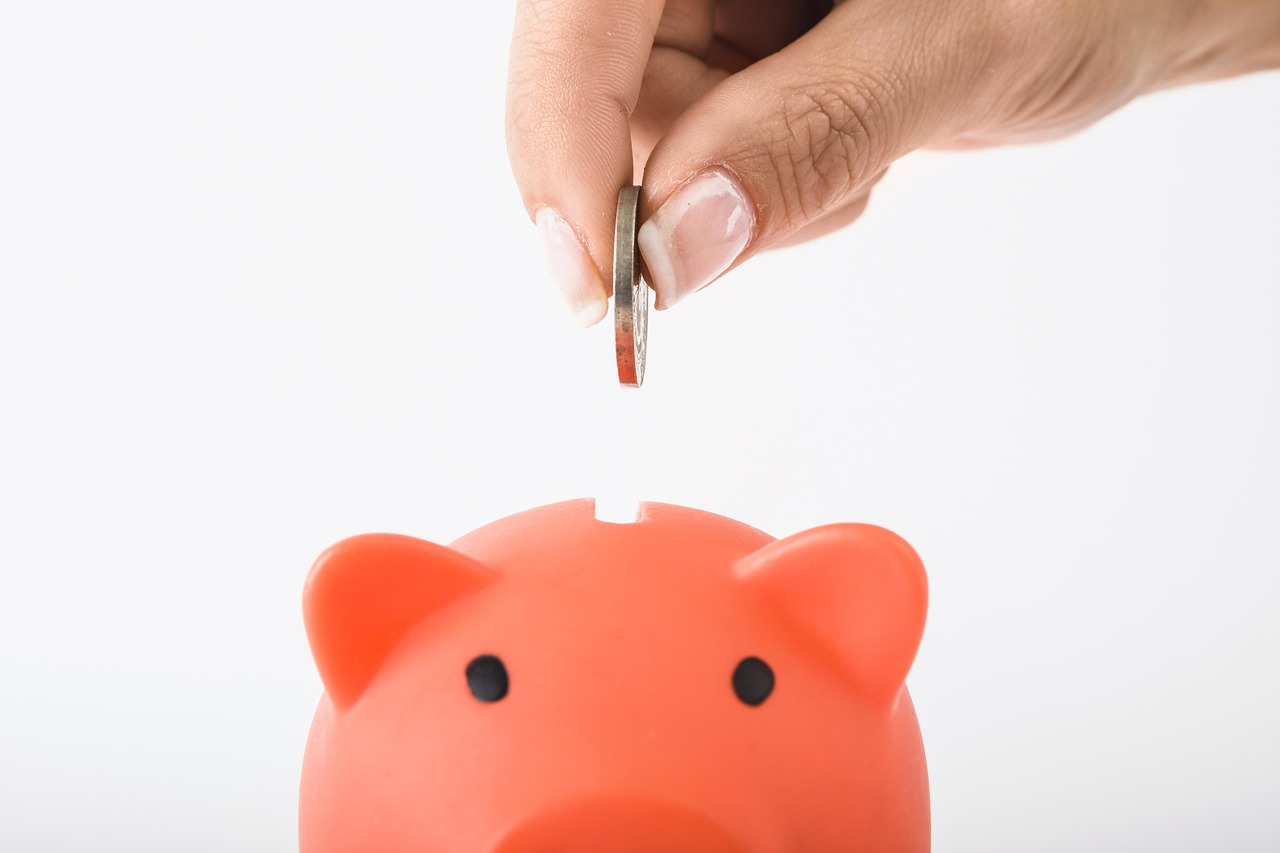
Emergency funds are a cornerstone of financial stability. Experts recommend saving three to six months’ worth of living expenses in an accessible account. Yet, a Bankrate survey found only 39% of Americans can cover a $1,000 emergency with their savings. Without this financial cushion, unexpected expenses can derail financial plans and hinder progress toward financial freedom. Building an emergency fund is an essential step for anyone aiming to achieve financial independence.
The Impact of Economic Inequality
Economic inequality is a significant roadblock on the path to financial freedom. A report by the Pew Research Center indicates that the wealth gap between the richest and poorest Americans has widened over the years. This disparity limits access to quality education, job opportunities, and financial resources for lower-income individuals. Such barriers make it more challenging for them to achieve financial independence, as they face systemic hurdles that others may not.
The Power of Community Support
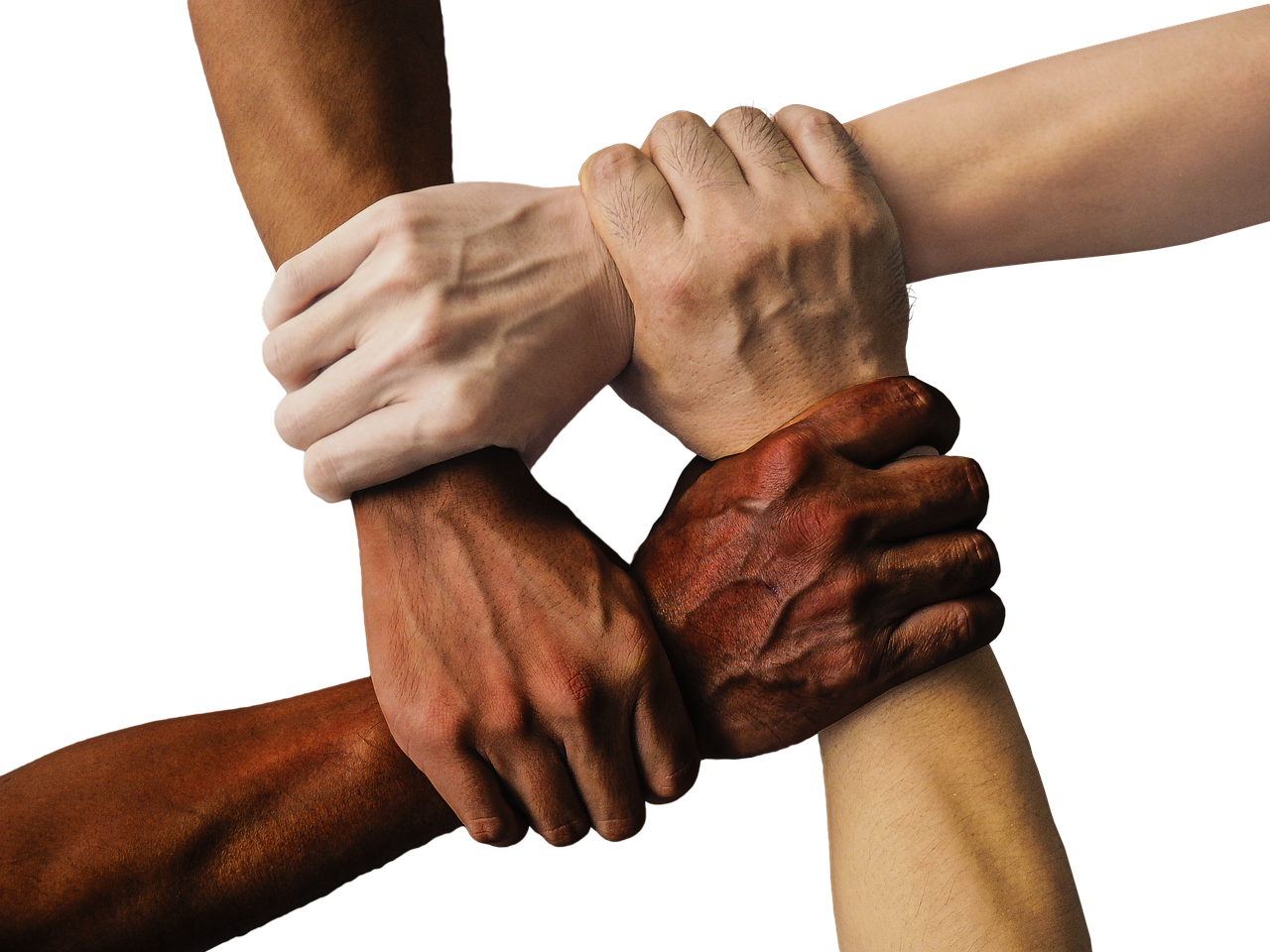
Community support can be a vital asset for those striving for financial freedom. Programs offering financial education, mentorship, and resources empower individuals to take charge of their finances. Organizations like Operation HOPE provide financial literacy programs to underserved communities, helping individuals build wealth. Engaging with supportive communities fosters accountability and motivation, providing a network that can make the journey to financial freedom more attainable.

